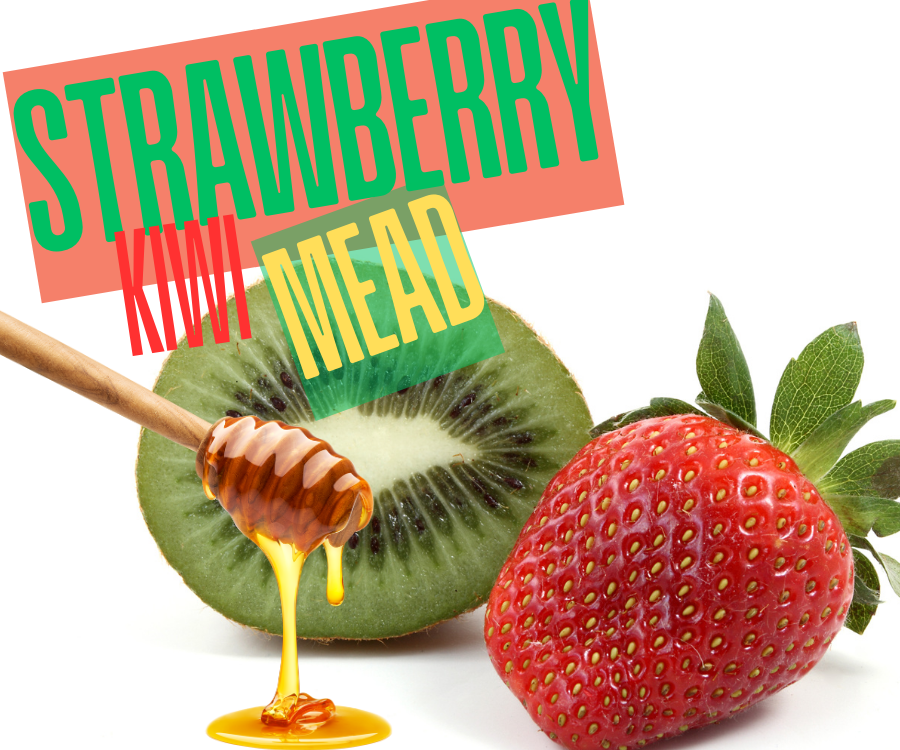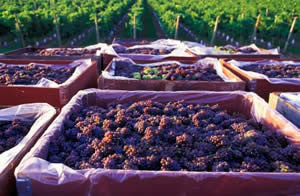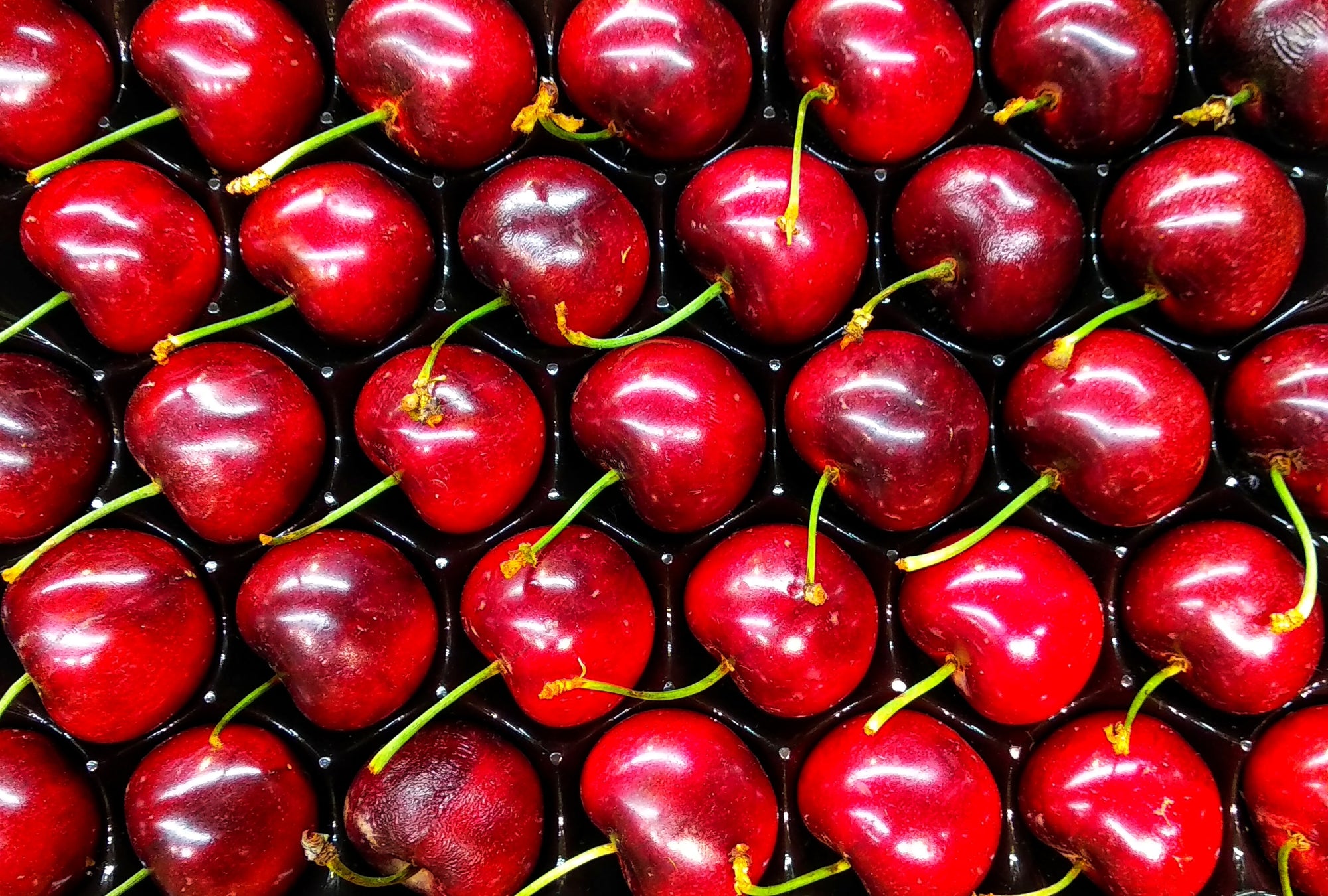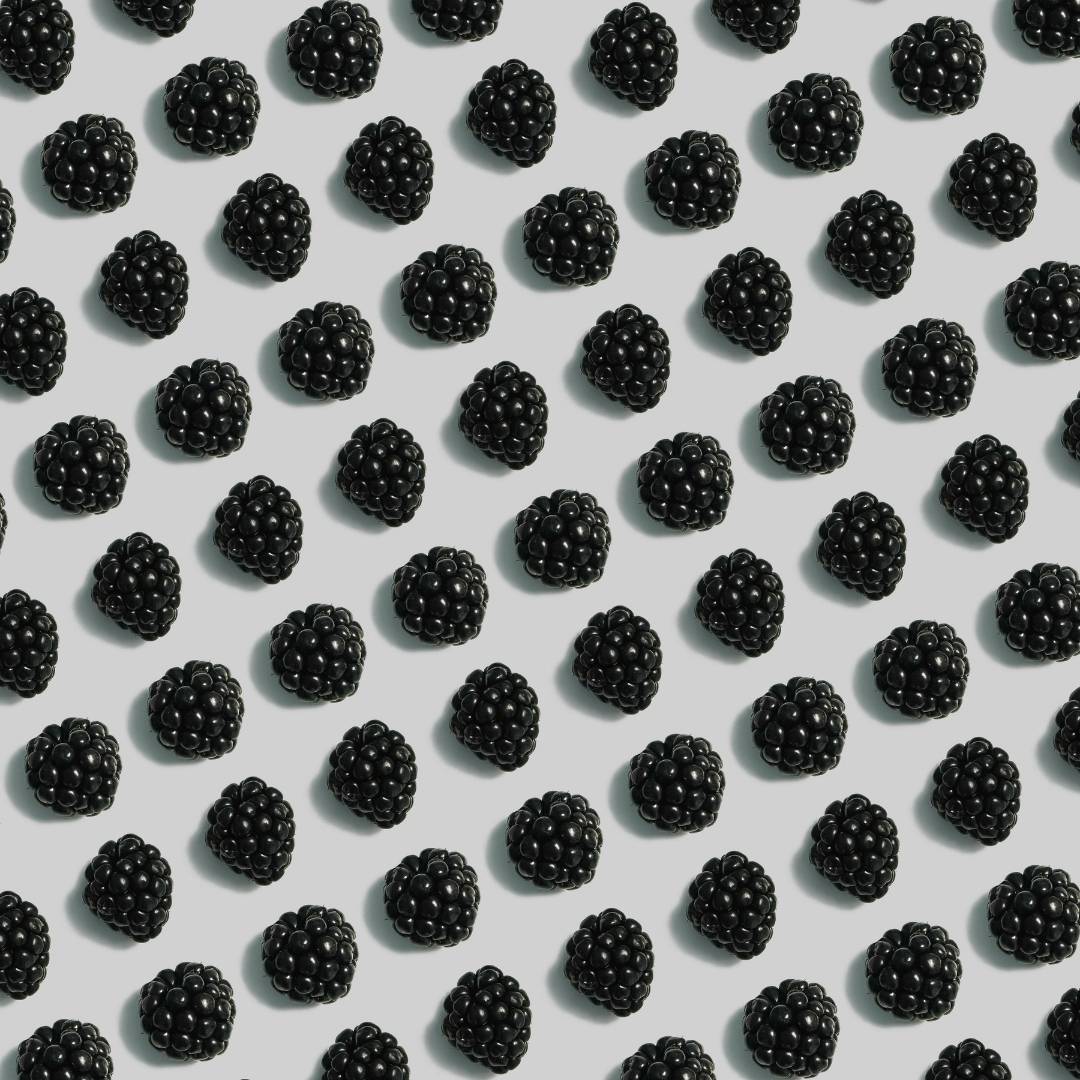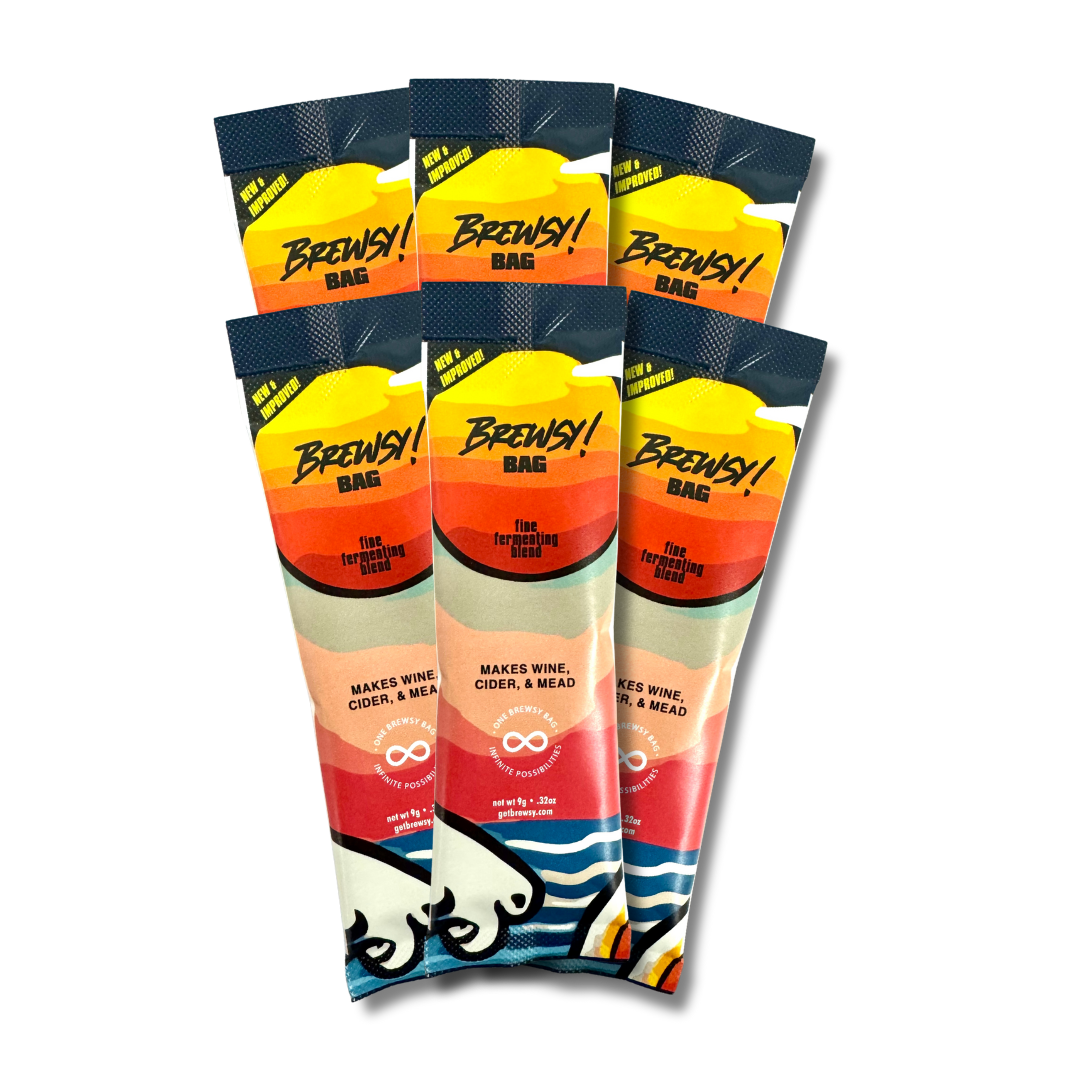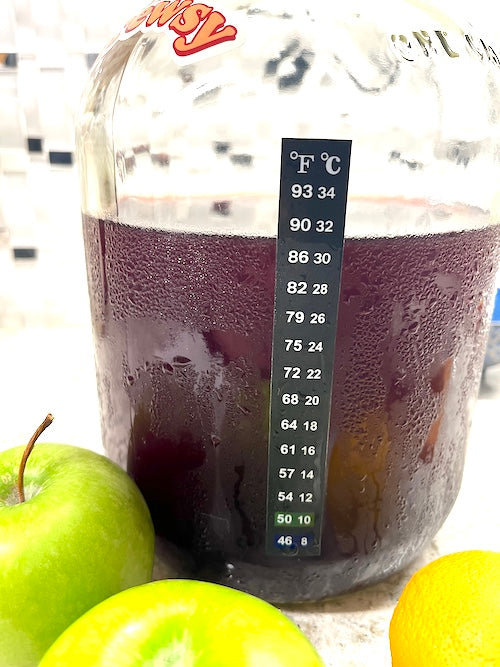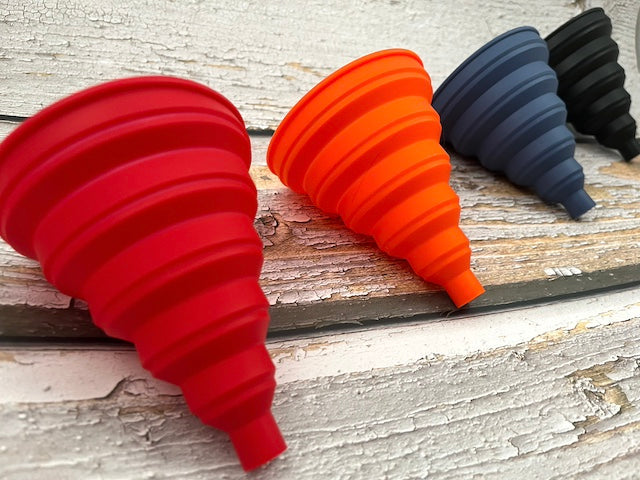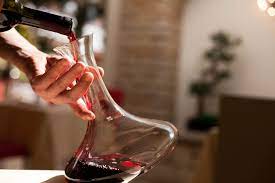
Letting Wine Breathe
Have you ever wondered why red wine glasses tend to be bigger than white wine glasses? And why it is not even filled halfway with wine? Wines can be, for the most part, a multisensory experience encompassing sight, taste, feel, and smell. The last sense is exactly why red wine glasses are larger and slightly more bulbous, it is letting wine breathe.
Once a red wine has completed fermentation, it goes through several more steps such as clarification, bottling, and aging. Aging can allow certain wines to change over time, therefore help develop wine bouquets, enhance existing ones, and even develop multiple layers. Truly, wines are complex creations.
The overall shape of a red wine glass is designed as a globe-shaped bowl, and the rounded shape helps trap the aromas a red wine lets off. It is also a reason why so little wine is poured into such a large container, so that it can be swirl to allow the wine to properly come in contact with air and bring out the bouquets.
Letting wine breathe allows for the aromatics to open up through aeration, and the more that can be smelled, the more can be tasted. The age of the wine also determines for how long the wine should be in contact with air. With younger wines, around three years old or young, prolonged exposure with air helps it open up and display complexities one would not expect to find in a young wine. Older wines, on the other hand, only need a short time of exposure to waken it up from its slumber from being aged.
With that being said, as conflicting as it sounds, younger wines can benefit from shorter amounts of time exposed to air since everything in the wine is still relatively fresh and lively, whereas older wines benefit from up to an hour of exposure since it needs to stretch its legs, as it were.
Younger wines are just that, young. Think of them as a teenager, does not require much to get them excited, but older wines are like one's grandparents where waking up is a gentle process, and require a longer amount of time.
So, does letting wine breathe actually affect the way a red wine tastes? The answer is yes, and it is especially true for bolder red wines. A process as simple as aerating the wine can help soften tannins and release its fruity flavors.
It is believed that that ethanol that comes into contact with air evaporates, and researchers noted that evaporation also resulted in decreases in the concentration of some fermentation volatiles and a perceptible change in wine aroma.
The wines one should be careful with letting it breathe are the vintages. Because of their advanced age, they become much more fragile. Prolonged exposure to air can cause a vintage to start turning, or at the very least smelling, like vinegar. Other wines, such as Pinot Noir for example, may sometimes not benefit from breathing as some people prefer the primary characteristics of that wine.
Ultimately, letting wine breathe is something that should be practiced to fully appreciated a nice red wine.

